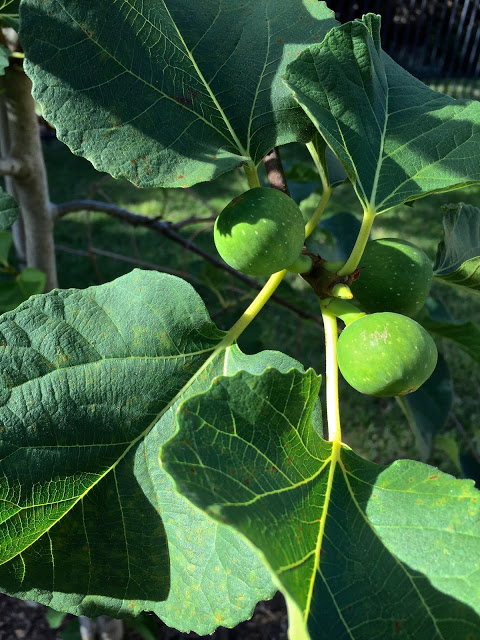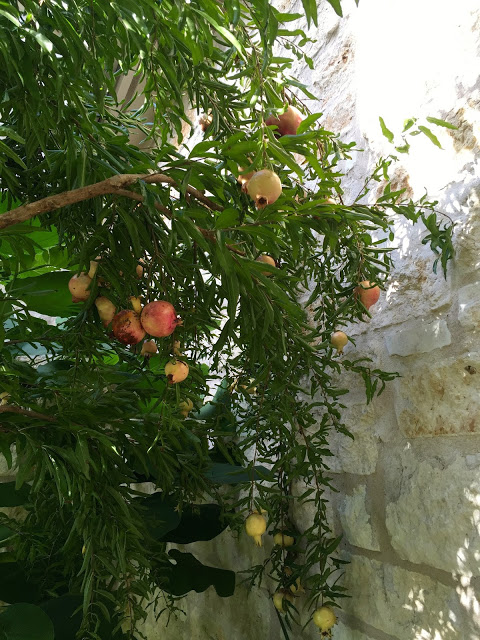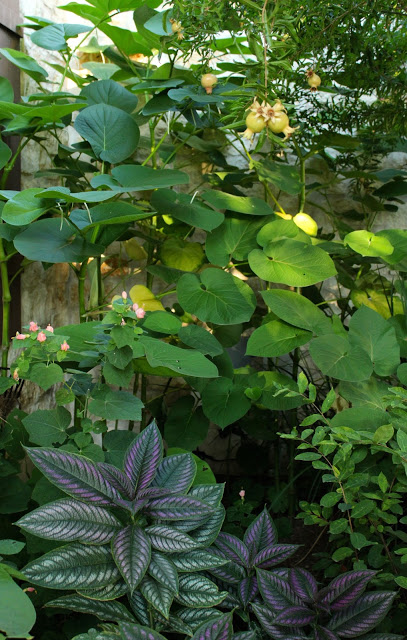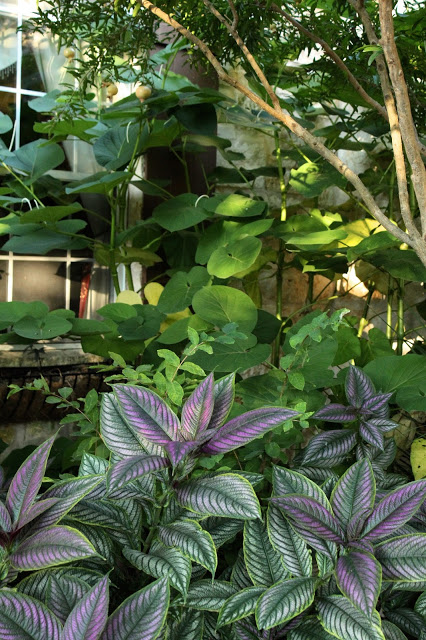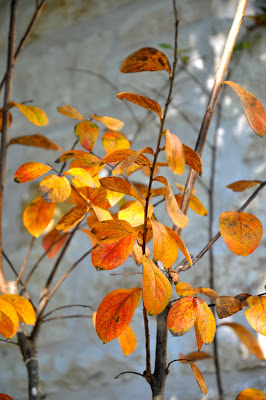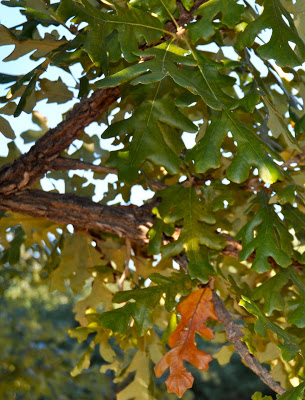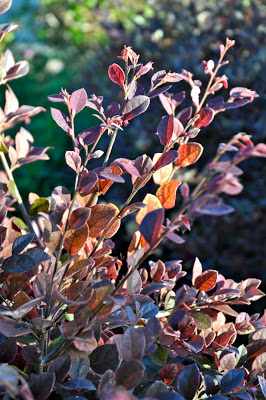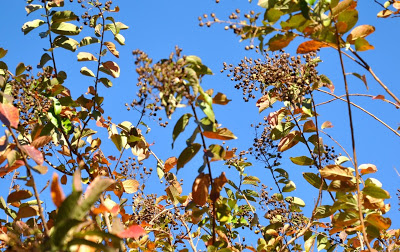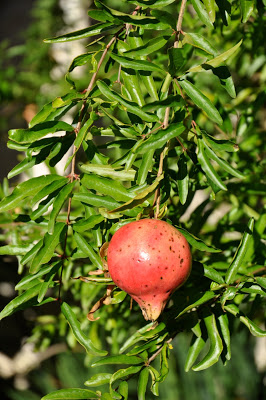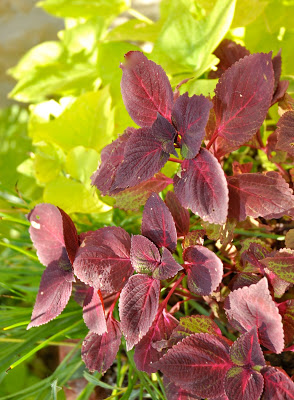Fruit trees in the garden bearing fruit after recent rains…
A tour through the garden this week, after several significant recent rains, has me smiling. Several of our trees are bearing fruit, thanks to a change of seasons and the end the our drought status.
The Texas ever-bearing fig tree we planted this spring is perking up after the summer and producing a second crop of fruit. I can’t wait to taste them, as those from the spring were stressed by the transplant and heat.
It’s a lovely little tree, but I have had to put up a fence to keep Dakota, the fruit-vegetable-bulb-grub-eating dog away from it.
The pineapple guava is getting to be quite large for its spot and when it’s done fruiting, I will do some more pruning on it. I’d like it to be a little less multi-trunked so we can see the structural nature of the tree.
Dakota had eaten some of the guavas, but there are going to be enough for us as I’m keeping a closer eye on her!

